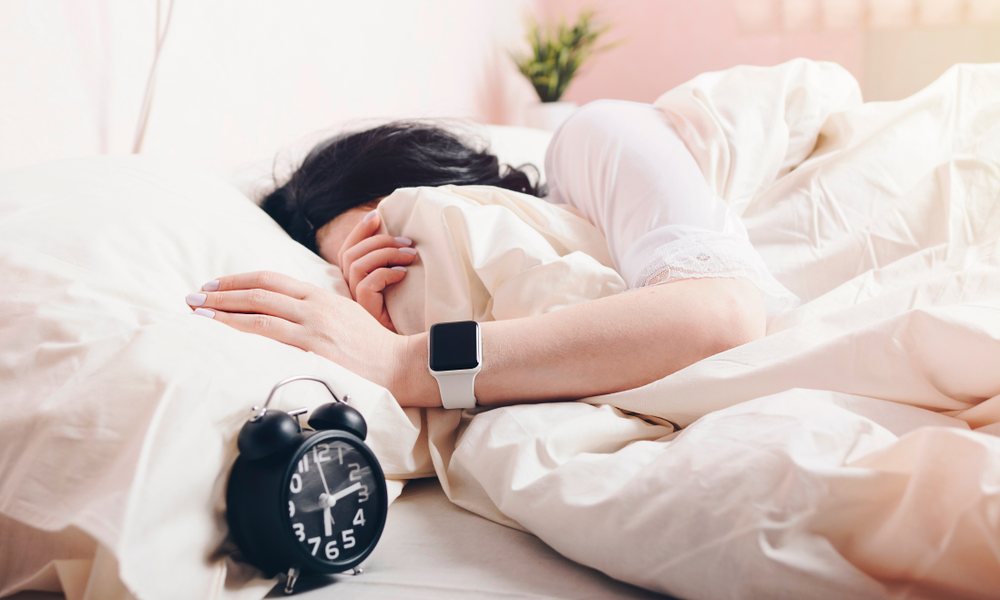iOS 26 Will Finally Let You Change Your Snooze Timer
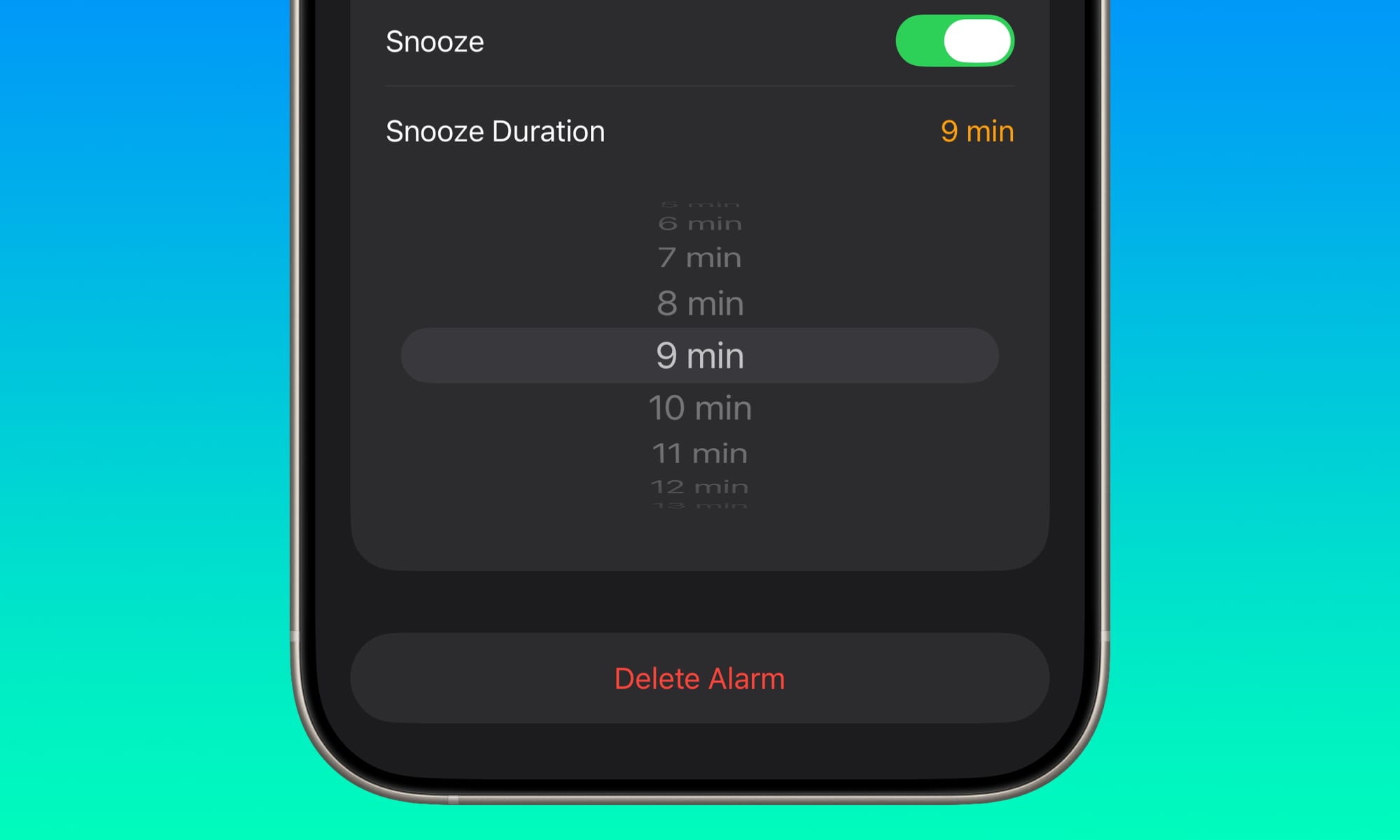
Toggle Dark Mode
Since the first iPhone was released 18 years ago, one nagging feature has remained that Apple has stubbornly refused to change: the snooze timer.
The 2007 iPhone launched with only 17 apps, but the Clock was among them. Alarms were present from the start, complete with a snooze timer that muted the alarm for another nine minutes.
That nine-minute snooze hasn’t just been the default for nearly two decades of iPhone history; it’s been a built-in duration that can’t be changed — until now.
Apple didn’t mention this during its Worldwide Developers Conference (WWDC) keynote on Monday, but it was tucked away in the 6×6 slide of additional features the company showed, right in the top corner: Custom snooze length for alarms.
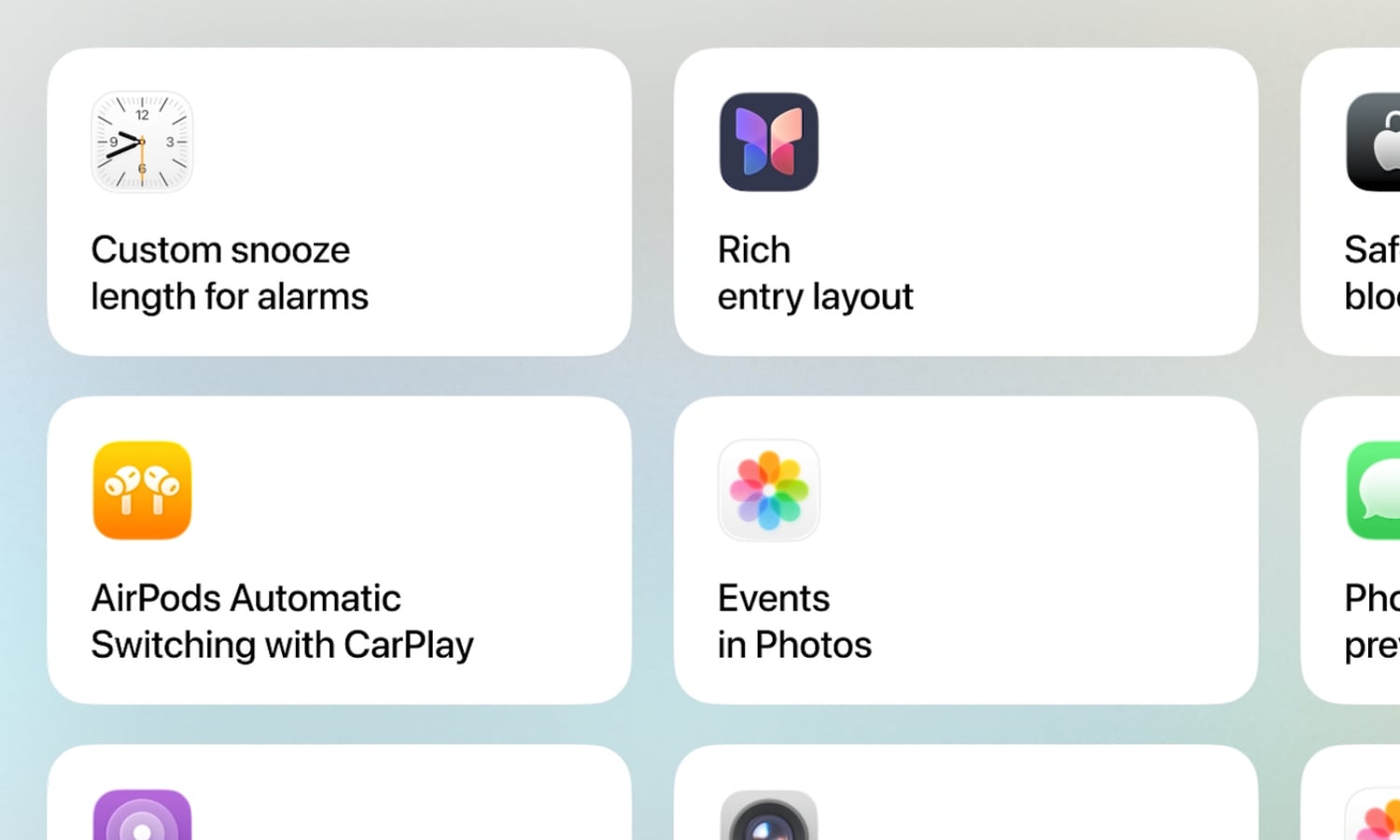
If there’s one feature in iOS 26 that gets a well-deserved “finally,” it’s this one.
The new custom snooze length is still limited to between 1 and 15 minutes, but that should be a decent enough range for anyone. The good news is that it can also be set individually for each alarm.
This includes the Wake Up alarm integrated with Apple’s Sleep feature, where you can override it as a one-off for only the next morning, just like you can with other Wake Up alarm settings. New alarms will still default to nine minutes, and there aren’t any settings to change that — at least not yet — but it’s easy to set a different one when you create a new alarm.
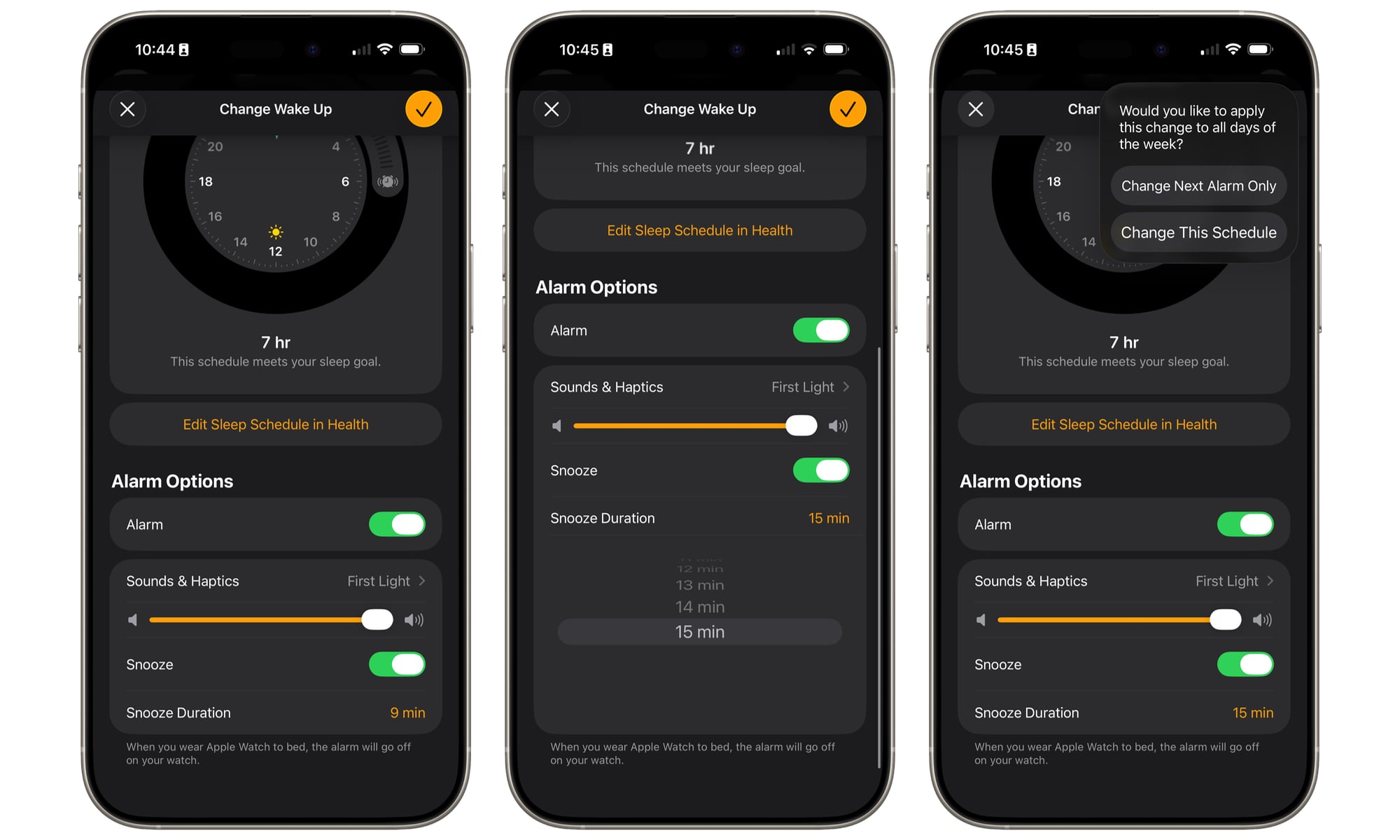
The customizable snooze length is already working in the first iOS 26 developer beta, and it’s about as simple as you’d expect. The Clock app has long offered a “Snooze” toggle for alarms, so iOS 26 just adds an extra Snooze Duration setting below that. Tap on this, choose a time, and that’s it.
It’s seemingly such a small thing, and it’s hard to believe it would have taken Apple much effort to change it, but whether some engineer or designer was stubbornly holding to tradition or simply never got around to it, nine minutes remained the built-in snooze time for far longer than it should have in a digital age.
The Nine-Minute Snooze Legacy
While nine minutes may seem like an odd number, there was a reason for Apple’s seeming madness. It stems from the history of mechanical alarm clocks, which had a fixed snooze time due to the gears and cams inside. The geometry of the gears prevented engineers from aligning the teeth for a perfect ten-minute snooze. Since they felt that anything longer was too much, they settled on the closest interval they could get to the ten-minute mark: nine minutes.
The notion of nine minutes was also loosely based on an unproven psychological theory commonly believed at the time that nine minutes was the perfect interval to fall back into a light enough sleep to wake up at the next alarm interval. Anything longer, designers believed, would risk a deeper sleep that would make it harder for the person to wake up again.
This started in the 1950s, and nine minutes quickly became a de facto industry standard, with every mechanical alarm clock designed for a nine-minute snooze, including the flip-style digital alarm clocks of the 1960s. By the 1970s, when fully solid-state digital clocks came along, the nine-minute snooze had been ingrained in our culture for nearly two decades, so the designers of the timing chips just went with the flow — and so did Apple over 30 years later when it released the first iPhone.
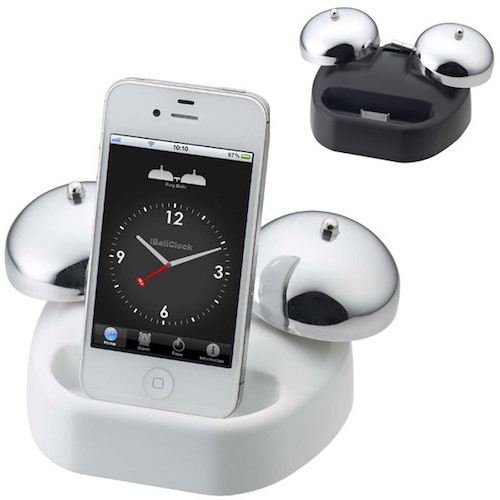
Although there was some logic to early LED alarm clocks sticking with nine minutes as these timings were baked into the hardware, there was never any reason for the iPhone to be restricted in this way other than tradition.
Apple’s penchant for skeuomorphic design likely contributed to the decision to stick with the nine-minute snooze. The first six generations of the iPhone leaned heavily on real-world objects like yellow notepads, felt-tipped markers, and leather-bound calendars to give everyday folks a sense of real-world familiarity on the digital device, so it’s not hard to see how it might have decided to follow the same principle with the nine-minute snooze.
Still, when Apple abandoned skeuomorphism in 2013 in favor of a completely flat design, that should have also been the moment when other anachronistic traditions were tossed out the window, yet the nine-minute snooze remained, possibly because nobody inside Apple gave much thought to it.
This year, iOS 26 ushers in the second major design in iPhone history, moving away from a flat design to something with more futuristic depth. In the process, Apple has rethought much of its redesign, and somewhere along the way, it must have occurred to someone that it’s finally time to bring the Clock app into the new millennium.


